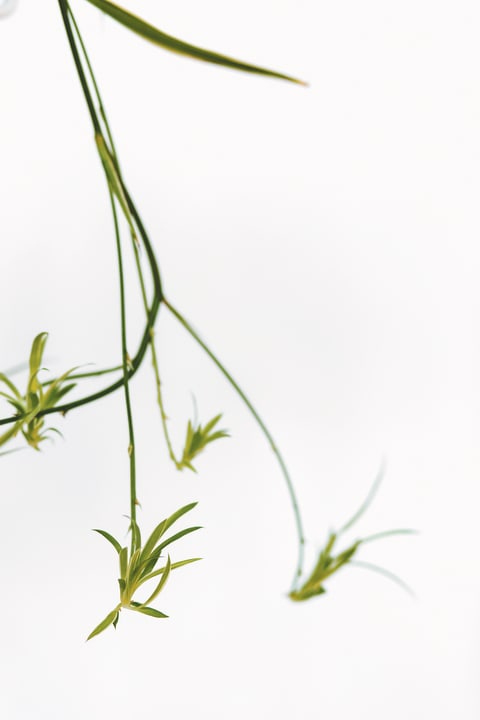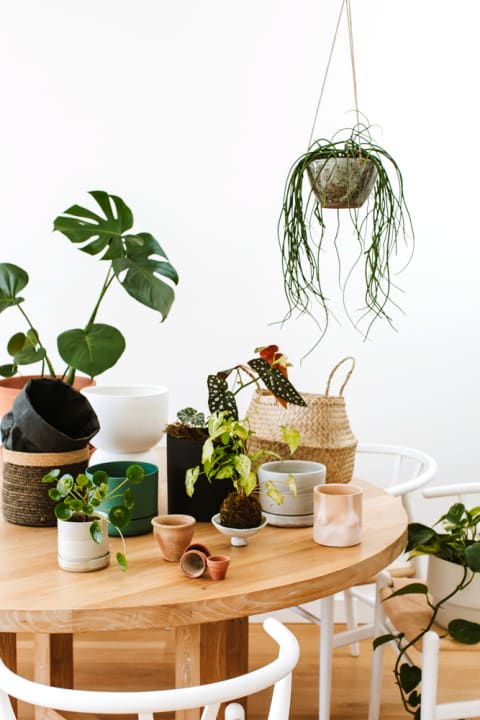There’s something really lovely about sharing and swapping plants with friends. We have amassed an excellent scented geranium collection born of friends giving away cuttings of every new variety found. Propagation is also a fantastic way of making use of bits you’ve pruned from a plant that is getting a little unruly. An afternoon spent in the stunning garden of a friend’s mum a few years back resulted in a thriving succulent corner on my balcony at home. Succulents are some of the easiest plants to propagate, but there are many foliage plants that can also be reproduced with ease. Carefully remove with a very sharp knife, then simply pot up in potting compost and care for it as you would the parent plant. Be careful not to overwater in the early stages, when the root system is still developing. Other plants suitable for offset propagation include the zebra plant (Haworthia) and Chinese money plant (Pilea peperomioides). Pick a healthy-looking stem, and cut it on an angle with clean shears. Gently remove the lower bits of foliage and any other young growth that might easily rot. You want to let your cutting focus on putting down roots rather than growing leaves. Insert your cutting into potting mix or simply filtered water. Once it has rooted over a couple of months, it can be transferred into your desired pot. If you’ve taken cuttings from cactuses or succulents, leave them out to dry for at least a few hours or a day before placing them in compost or water. This seals the raw edge slightly and reduces the possibility of rot setting in. Pro tip: Create your very own propagation station with a mix of beautiful glass jars lined up to house your cuttings. Thrift stores are a good place to find unusual glass vessels! Based on an excerpt from Leaf Supply: A Guide to Keeping Happy House Plants by Lauren Camilleri and Sophia Kaplan, with permission from the publisher.





